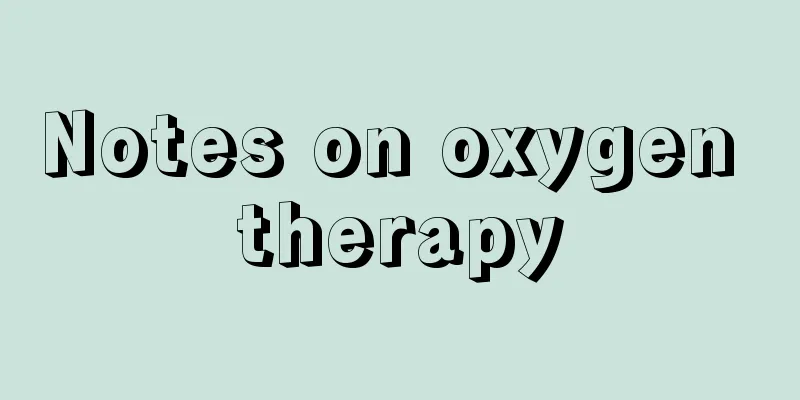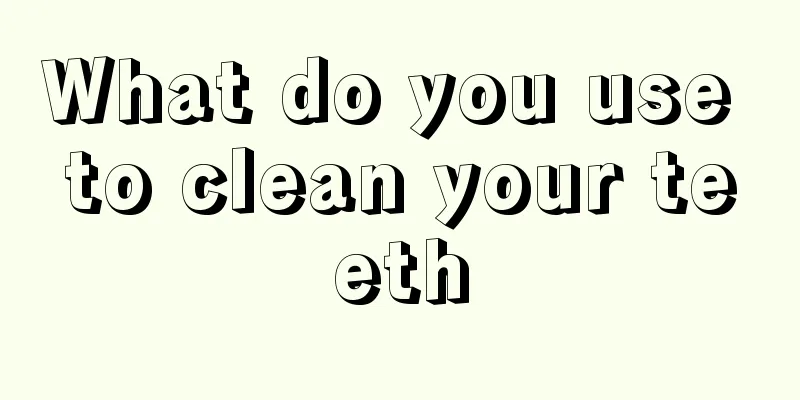Notes on oxygen therapy

|
The reason why people are in a breathing state all the time is that the oxygen that humans depend on for survival can only be absorbed into the body through breathing. Oxygen therapy is a treatment method that has become increasingly popular in recent years. Oxygen therapy is mainly aimed at patients with hypoxia. Among them, patients with respiratory system and cardiovascular and cerebrovascular diseases have more obvious symptoms of hypoxia, so interventional oxygen therapy is required. But what should we pay attention to when using oxygen therapy? Commonly used home oxygen therapy methods and precautions Oxygen is very important to the human body. Under normal conditions, healthy people breathe air naturally and use the oxygen in it to maintain metabolic needs. When you are sick or in some abnormal condition, you need to breathe oxygen through a medical oxygen concentrator at home, in a clinic or in a hospital. Commonly used methods of oxygen inhalation are: (1) Mask oxygen inhalation method: It can be divided into open mask method and closed mask method. The open style is to place the mask 1 to 3 cm away from the patient's mouth and nose. It is suitable for children and does not cause any discomfort. The closed mask method is to cover the mask tightly over the mouth and nose and secure it with an elastic band. It is suitable for people with more severe hypoxia. The oxygen concentration can reach 40% to 50%, which feels more comfortable and has no mucosal irritation or dry blowing feeling. However, the oxygen consumption is high and there are disadvantages such as inconvenience in eating and expectoration. (2) Nasal congestion and nasal catheter oxygen inhalation method: This oxygen inhalation method has simple equipment and is easy to use. There are two types of nasal obstruction methods: single obstruction and double obstruction. In the single obstruction method, a suitable model is selected and inserted into the nasal vestibule on one side, and it is in close contact with the nasal cavity (the other nostril is open). Only oxygen is taken in during inhalation, so the oxygen concentration is relatively stable. The double plug method involves placing two smaller nasal plugs in both nostrils at the same time, leaving some space around the plugs so that both patients can breathe air at the same time. This makes the patient more comfortable, but the oxygen concentration is not stable enough. The nasal catheter method is to insert a catheter (commonly used urinary catheter) through the nostrils to the back of the soft palate at the top of the nasal cavity. The oxygen concentration is constant, but it will cause discomfort over time and it is easy to be blocked by secretions. Nasal congestion and nasal catheter oxygen inhalation are generally only suitable for low-flow oxygen supply. If the flow rate is relatively large, the flow rate and impact force will be too high for people to tolerate, and it will easily lead to dryness of the airway mucosa. (3) Transtracheal oxygen therapy: It is a method of supplying oxygen by inserting a thin catheter into the trachea through the nasal cavity, also known as intratracheal oxygen therapy. It is mainly suitable for patients with chronic respiratory failure caused by chronic obstructive pulmonary disease and pulmonary interstitial fibrosis who need long-term oxygen inhalation but have poor response to general oxygen therapy. Since the catheter is used to supply oxygen directly into the trachea, the therapeutic effect can be significantly improved. Only a lower flow rate of oxygen supply is needed to achieve a higher effect, and the oxygen consumption is very small. (4) Electronic pulse oxygen therapy: This is a new method developed in recent years. It uses an electronic pulse device to automatically deliver oxygen during the inhalation phase and automatically stop delivering oxygen during the exhalation phase. This is more in line with the physiological state of breathing and greatly saves oxygen. Suitable for nasal congestion, nasal cannula and endotracheal oxygen therapy. (5) Mechanical ventilation oxygen supply method: that is, when using various artificial ventilators for mechanical ventilation, oxygen therapy is performed using the oxygen supply device on the ventilator. The oxygen supply concentration (21% to 100%) can be adjusted according to the patient's condition. The oxygen source for oxygen therapy is generally an oxygen cylinder, which is equipped with a pressure gauge to indicate the amount of oxygen stored in the cylinder. A flow meter is installed when supplying oxygen to adjust the oxygen flow as needed. Most large hospitals now use central oxygen supply, and the switch is located on the wall, which is more convenient. The main precautions for oxygen inhalation are: (1) Closely observe the effect of oxygen therapy. If symptoms such as dyspnea are alleviated or relieved, and the heartbeat is normal or near normal, it indicates that the oxygen therapy is effective. Otherwise, the cause should be found and dealt with in time. (2) High-concentration oxygen supply should not be used for too long. It is generally believed that if the oxygen concentration is >60% and lasts for more than 24 hours, oxygen poisoning may occur. (3) Giving high-concentration oxygen to patients with acute exacerbation of COPD may cause respiratory depression and worsen the condition. Generally, controlled (i.e., low-concentration continuous) oxygen inhalation is appropriate. (4) To prevent contamination and catheter blockage, nasal congestion, oxygen catheters, humidification and heating devices, ventilator pipeline systems, etc. should be replaced and cleaned and disinfected regularly to prevent cross infection. Oxygen catheters and nasal conduits should be checked at all times for blockage by secretions and replaced in a timely manner. To ensure effective and safe oxygen therapy. (5) Pay attention to heating and humidification during oxygen therapy. Maintaining a temperature of 37°C and a humidity of 95% to 100% in the respiratory tract is a necessary condition for the normal clearance function of the mucociliary system. Therefore, inhaled oxygen should pass through a humidifier bottle and necessary heating devices to prevent the inhalation of dry and cold oxygen from irritating and damaging the airway mucosa, causing sputum to dry up and affecting the "scavenger" function of the cilia. |
<<: How to use various seasonings
>>: Recipe for dehumidifying foot bath
Recommend
What to do if your calves hurt after skipping rope
After strenuous exercise, the human body will mor...
Analysis of disease protection knowledge about cervical cancer
Hello everyone, we meet again today. What we have...
What are the dangers of memory foam pillows
Nowadays, people's living standards have impr...
The skin is not smooth and has a grainy feel
Many friends have uneven and grainy facial skin, ...
Scars from burnt fingers
Various accidents are inevitable in life. Fingers...
Freestyle hand and foot coordination
Many people born in the 1980s were unable to stud...
What should we pay attention to when treating anal cyst
Anal cyst is a common anorectal disease in daily ...
What are the factors that contribute to the cause of liver cancer?
Among cancer diseases, liver cancer is the most c...
Umbilical varicose veins?
Umbilical varicose veins are a very common phenom...
How to nourish your body in autumn
Nowadays, the health of many people is not better...
What to do if thyroid cancer recurs 6 months after surgery
If thyroid cancer recurs 6 months after surgery, ...
How is testicular cancer diagnosed?
Testicular cancer is an uncommon but serious male...
How to make the body alkaline
Modern society is developing and progressing, but...
The upper part of the finger is white and bloodless
People's hands are not only used for labor, b...
It usually takes several years for breast cancer to develop
There is no fixed time limit for the development ...









